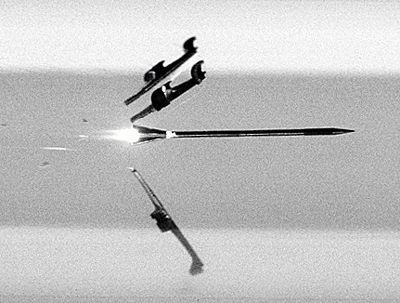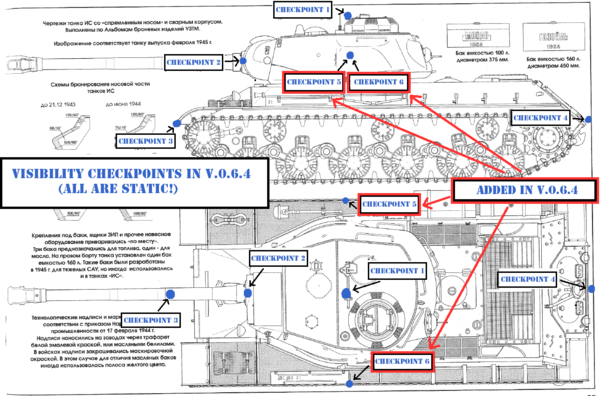Tank guns have several features fitted to their externals that improve certain characteristics of the gun or the tank in general; or serve to protect the gun and crew. Let’s have a look at three features to see what they do in the coming days. Let’s start with the muzzle brake.
Muzzle Brake
The muzzle brake is a feature added to tank guns with the goal of reducing recoil. Instead of having to deal with the full punishment after firing. The holes at the end of the barrel relieve some of the pressure that is built up in the barrel when the round has been fired. The benefit of the lower recoil is that bigger guns can be added to smaller tanks. As an example; in World War II when the Panzer IV needed to be upgunned, the muzzle brake made it possible for the 7.5CM L/48 to be added without too much risk.
Not installing a muzzle brake might results in damaged turret rings for instance.

Not all tanks could have muzzle brakes however, due to practical use. The Jagdpanzer IV with 7.5CM L/70 did not have a muzzle brake (even though the Panther had one!), because if it fired; the gases that exited sideways blew up too much dust, giving away the position of the low-profile tank destroyer and potentially blurring the sight of the gunner for future shots.

It is argued (also depending on which tank, relative height to the ground and design of muzzle brake) that the muzzle brake is sometimes there to blow aside hot gases so the gunners view remains clear. Without a muzzle brake, the hot gases would have been blown forward and stayed hanging around the front of the muzzle. The hot gases could then “haze up” the view of the gunner; possibly ruining the next shot. The main goal however remains limiting recoil.
Modern Tanks
Almost none of the modern main battle tanks have muzzle brakes. There are two main reasons for it. The recoil handling has of course improved over time compared to WWII but also ammunition has evolved; which is the primary reason of the demise of the muzzle brake on tanks. The modern armor piercing fin stabilized discarding sabot shells cannot cope with muzzle brakes as the sabot will break within the muzzle and requires a smooth bore travel in order to remain effective.

Effect in WoT
The muzzle brake has no effect in the game except indirectly. The end of the gun has a “spotting point” on it for other tanks to see it. Therefore tanks with muzzle brakes tend to have a slightly longer gun (when comparing to if the gun had no brake); making it potentially slightly easier to spot. (This statement is indeed confirmed busted; thanks for the comment; see picture below)

Have I missed anything or is there anything you would like to add? Let us know in the comments.


